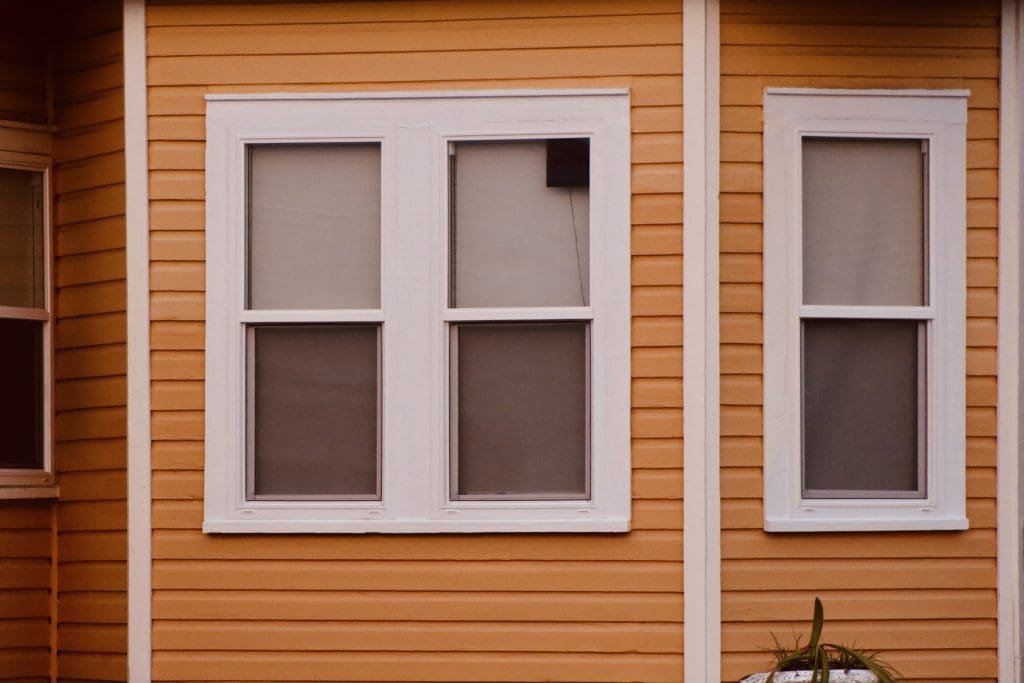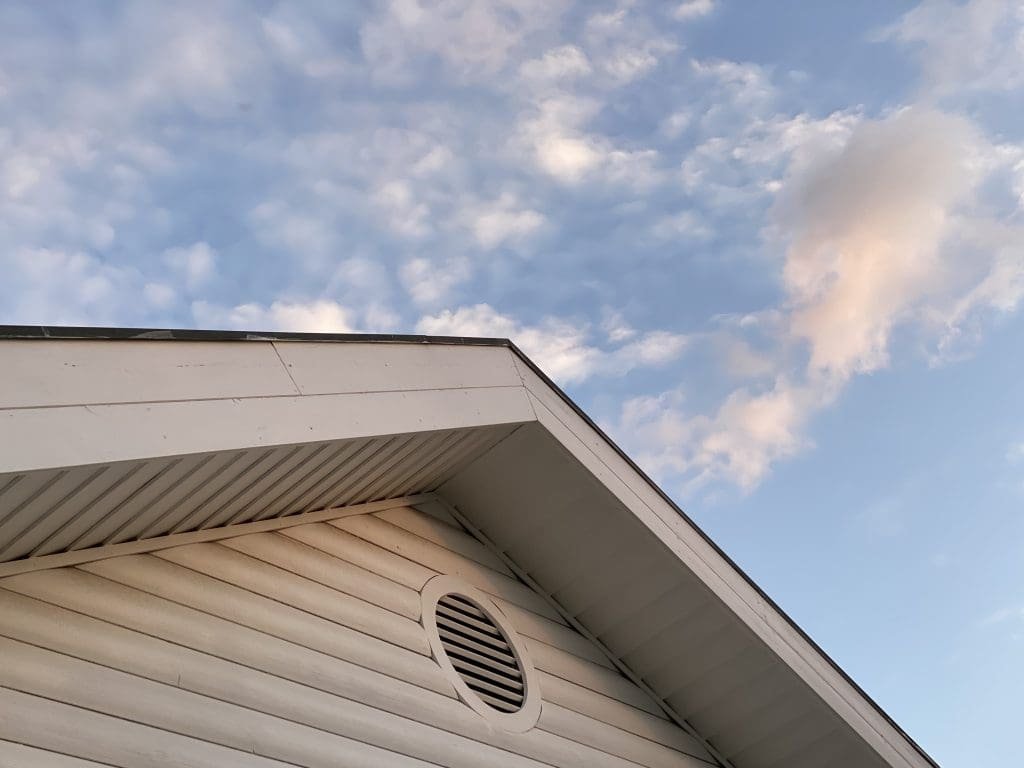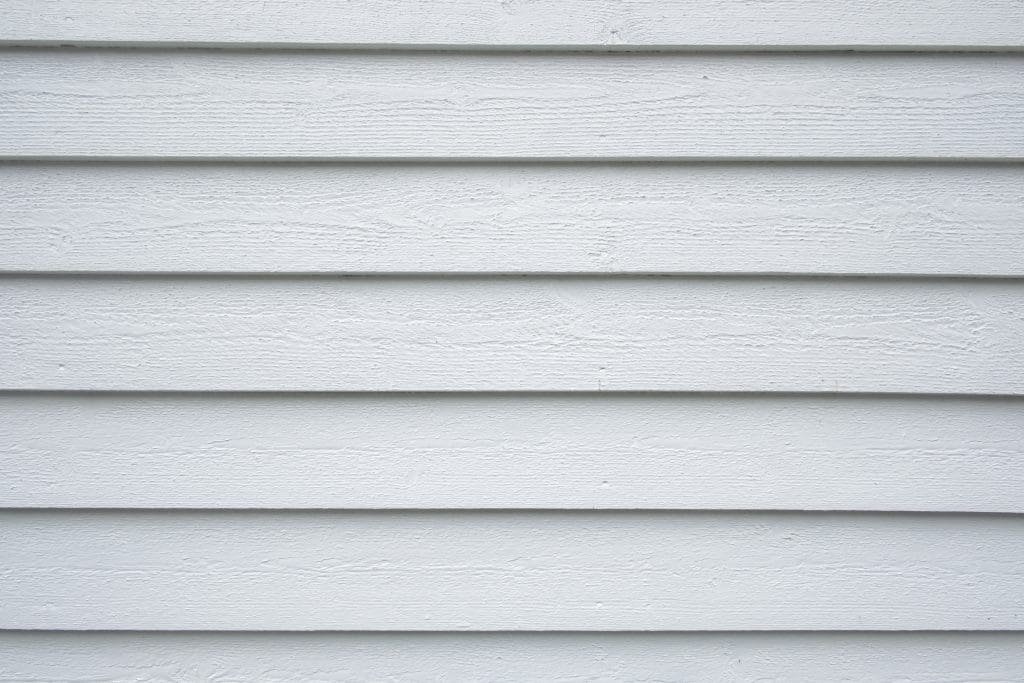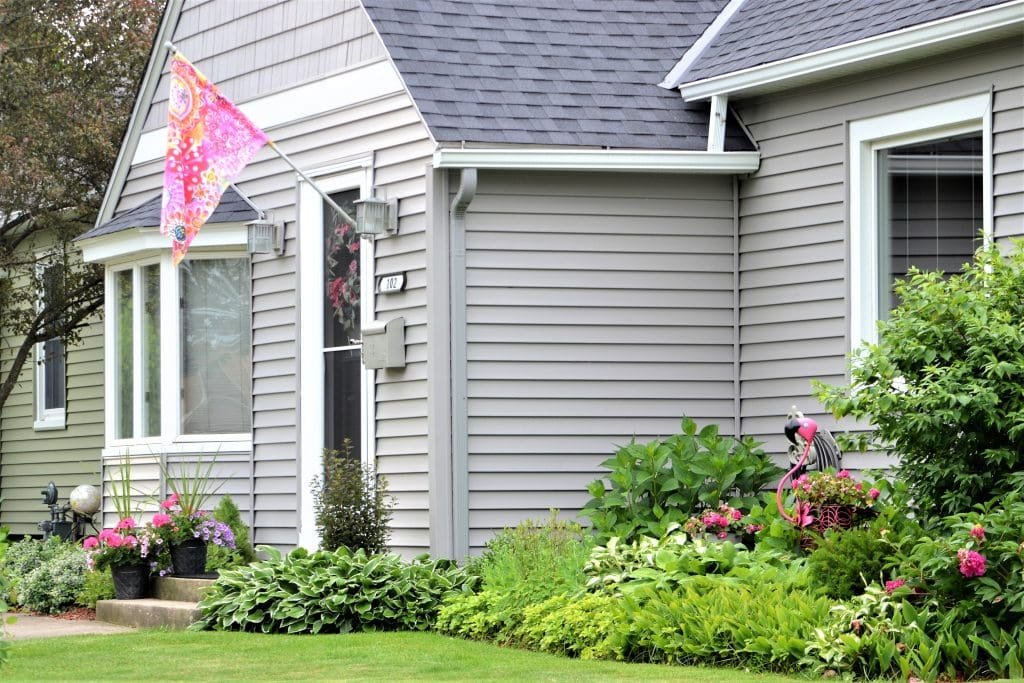Summer heat can have a significant impact on your home’s siding. Understanding how this heat affects the material is essential for maintaining the structural integrity and appearance of your home. In this article, we will explore different types of home siding, the role of siding in home protection, the science behind heat and material expansion, potential damage from prolonged heat exposure, signs of heat damage on your siding, preventing and repairing heat damage, and choosing the right siding for hot climates.
Understanding the Basics of Home Siding
Home siding serves as a protective barrier between your home’s interior and the outdoor elements. It enhances the aesthetics of your property and contributes to energy efficiency. Several materials are commonly used for siding, including vinyl, wood, fiber cement, and aluminum.
Choosing the right siding for your home involves considering factors such as durability, maintenance requirements, and aesthetic appeal. Each type of siding has its own unique characteristics and benefits, so it’s essential to weigh your options carefully before making a decision.
Different Types of Home Siding
Vinyl siding is the most popular choice among homeowners due to its affordability and low maintenance. Wood siding offers a classic look but requires regular maintenance to prevent rot and insect infestation. Fiber cement siding provides durability and resistance to harsh weather conditions. Aluminum siding is known for its strength and fire resistance.
When selecting a siding material, it’s important to think about the climate in your area and how well the siding will hold up against the weather conditions. For example, in regions with high humidity, choosing a siding material that is resistant to moisture damage is crucial to ensure the longevity of your home’s exterior.
The Role of Siding in Home Protection
Siding acts as a shield against external elements such as rain, wind, and pests. It helps prevent moisture infiltration, which can lead to mold growth and structural damage. Siding also helps insulate the home, reducing energy consumption and enhancing comfort.
Proper installation of siding is key to maximizing its protective benefits. Ensuring that the siding is correctly installed with appropriate insulation and sealing will help maintain the integrity of your home’s exterior and improve its overall energy efficiency.
The Impact of Summer Heat on Siding

Summer heat can cause siding materials to expand, contract, and deteriorate. Understanding the science behind heat and material expansion is crucial for assessing the potential damage and taking preventive measures to protect your siding.
When the scorching summer sun beats down on your home, the siding materials are subjected to a relentless cycle of expansion and contraction. This continuous movement can put stress on the structure, leading to long-term damage if not addressed. Proper insulation and ventilation are key factors in mitigating the effects of heat on your siding.
The Science Behind Heat and Material Expansion
Heat causes materials to expand due to the increase in molecular activity. Different siding materials have varying expansion rates. For instance, vinyl siding expands and contracts more significantly than other materials. This expansion can lead to warping, buckling, and cracks.
Furthermore, the color of your siding can also be affected by heat. Darker colors absorb more heat, potentially causing the siding to warp or fade quicker than lighter shades. Understanding how heat interacts with the pigments in your siding can help you choose the right colors to prolong its lifespan.
Potential Damage from Prolonged Heat Exposure
Prolonged exposure to intense heat can damage siding. High temperatures can cause the color to fade, making your home appear worn and outdated. Additionally, excessive heat can weaken the material’s structural integrity, making it more susceptible to impact damage and reducing its ability to withstand severe weather conditions.
Regular maintenance and inspections during the summer months are essential to ensure your siding remains in top condition. Look out for signs of warping, bubbling, or discoloration, as these could indicate heat-related damage that needs immediate attention. By staying proactive and addressing issues promptly, you can protect your siding from the harmful effects of summer heat.
Signs of Heat Damage on Your Siding

Recognizing the signs of heat damage can help you address the problem before it escalates. Regularly inspect your siding for any visible changes and structural issues that may arise due to heat exposure.
Heat damage on siding can manifest in various ways, affecting both the appearance and structural integrity of your home’s exterior. In addition to the common signs of color fading, chalking, or a glossy appearance, there are other subtler indicators to watch out for.
One such indication of heat damage is the presence of bubbling or blistering on the surface of the siding. These bubbles can form when the material expands under high temperatures, leading to unsightly blemishes that not only affect the aesthetics but also signify potential underlying issues.
Visible Changes in Siding Appearance
If you notice color fading, chalking, or a glossy appearance on your siding, it may be a sign of heat damage. Cracks, warping, and buckling in the material can also indicate that the siding has been affected by the intense summer heat.
Moreover, pay attention to any areas where the siding appears melted or distorted, as this could indicate extreme heat exposure that has altered the composition of the material. These warped sections not only detract from the curb appeal of your home but also suggest a need for immediate intervention to prevent further damage.
Structural Issues from Heat Damage
Heat damage can compromise the structural stability of your siding. Look for gaps between the siding panels or nails that have popped out. These signs may indicate that the siding has expanded and contracted to the point of causing structural damage.
Furthermore, inspect the seams and joints of the siding for any signs of separation or gaps that have widened due to heat-induced expansion. These gaps not only allow moisture and pests to penetrate the underlying structure but also weaken the overall integrity of the siding, posing a potential risk to the longevity of your home’s exterior.
Preventing and Repairing Heat Damage

Proper maintenance and prompt repairs are key to preventing and addressing heat damage on your siding. Follow these best practices to ensure your siding remains in good condition throughout the summer.
Summer can be particularly harsh on your home’s exterior, with the scorching sun and high temperatures potentially causing heat damage to your siding. It’s crucial to stay proactive in maintaining your siding to protect it from the elements and preserve its integrity over time.
Best Practices for Summer Siding Maintenance
Regularly clean your siding to remove dirt, dust, and debris. Avoid using abrasive cleaning agents that can damage the surface. Consider using a gentle detergent solution and a soft brush to effectively clean your siding without causing any harm. Additionally, inspect the caulking around windows and doors, as well as any gaps or cracks in the siding, and seal them to prevent moisture infiltration that can exacerbate heat damage.
Furthermore, consider applying a fresh coat of paint or sealant to your siding to provide an extra layer of protection against the sun’s UV rays and heat. This can not only enhance the appearance of your home but also serve as a barrier against potential heat-related issues.
When to Seek Professional Siding Repair
If your siding has sustained significant heat damage, it may be necessary to seek professional repair services. A siding professional can assess the extent of the damage and recommend suitable solutions, such as replacement or reinforcement. Ignoring heat damage can lead to more severe issues down the line, so it’s essential to address any concerns promptly to maintain the structural integrity of your home.
Choosing the Right Siding for Hot Climates

When selecting siding for hot climates, it’s essential to consider the material’s heat resistance, durability, and cost.
Hot climates can pose unique challenges for homeowners when it comes to siding selection. The scorching sun and high temperatures can cause certain siding materials to warp, fade, or deteriorate more quickly. It’s crucial to choose a siding material that can withstand the intense heat and UV exposure common in hot climates.
Evaluating Siding Materials for Heat Resistance
Some siding materials, like fiber cement and aluminum, are more heat-resistant than others. These materials can withstand high temperatures without significant expansion or deterioration. Consulting with a siding professional can help you determine the most suitable material for your specific climate.
In addition to heat resistance, it’s essential to consider the insulation properties of the siding material. Proper insulation can help regulate the temperature inside your home, reducing the strain on your cooling system and energy costs during the hot summer months.
Cost vs. Durability in Siding Choices
While cost is a crucial factor in deciding on siding, it’s essential to balance it with durability. Investing in high-quality siding materials may initially be more expensive but can save you money in the long run by reducing the need for frequent repairs and replacements.
Furthermore, consider the maintenance requirements of different siding materials in hot climates. Some materials may require more frequent cleaning or treatments to protect against heat damage and UV exposure. Understanding the maintenance needs of your chosen siding can help you prolong its lifespan and keep it looking its best for years to come.
In conclusion, summer heat can have a profound impact on your home’s siding. By understanding the basics of home siding, the impact of summer heat, signs of heat damage, and preventive measures, you can protect and maintain the appearance and structural integrity of your siding throughout the hot season. When choosing siding for hot climates, consider the heat resistance and durability of different materials to ensure optimum performance and longevity.





